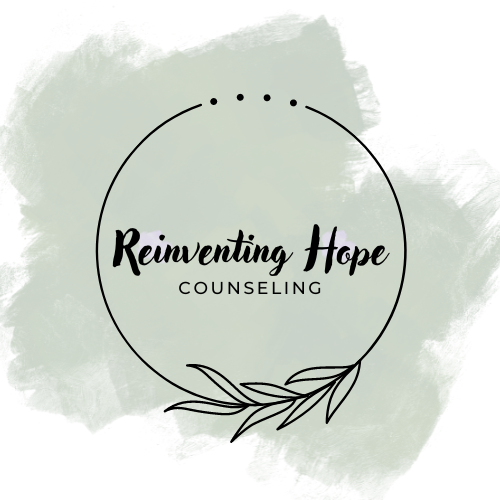Understanding and Overcoming PTSD
Post-Traumatic Stress Disorder (PTSD) is a complex and challenging mental health condition that can develop following exposure to a traumatic event(s). In this blog, let’s talk about understanding what PTSD is, how it manifests through symptoms and signs, and offer specific tips for managing and overcoming this condition.
What is PTSD?
PTSD, or Post-Traumatic Stress Disorder, is a mental health condition that can develop in response to experiencing or witnessing a traumatic event. Trauma can take various forms, such as combat exposure, sexual assault, natural disasters, accidents, or childhood abuse. It's important to note that not everyone who experiences trauma will develop PTSD, as individual responses to trauma vary widely. Many times PTS becomes PTSD due to being left untreated.
How PTSD Manifests
Intrusive Thoughts and Memories: Individuals with PTSD often experience intrusive memories, flashbacks, or nightmares related to the traumatic event. These distressing recollections can be triggered by various stimuli, making it challenging to lead a normal life.
Avoidance and Emotional Numbing: PTSD can lead to a strong desire to avoid anything associated with the traumatic event, including people, places, or activities. This avoidance can result in social isolation and emotional numbness.
Hyperarousal and Reactivity: People with PTSD may become easily startled, irritable, or have difficulty sleeping. They may also suffer from exaggerated responses to potential threats, which can be physically and emotionally exhausting.
Negative Changes in Thoughts and Mood: This may include persistent negative beliefs about oneself or the world, feelings of guilt or blame, and a loss of interest in previously enjoyed activities.
Physiological Symptoms: Alongside emotional distress, individuals with PTSD may experience physical symptoms such as headaches, stomachaches, and muscle tension.
Tips for Managing and Overcoming PTSD
Establish a Support System: Share your experience with trusted friends and family members who can offer emotional support. Connecting with support groups can also provide a sense of community with individuals who understand your struggles.
Self-Care: Prioritize self-care activities such as regular exercise, balanced nutrition, and adequate sleep. These habits can help regulate your mood and improve overall well-being.
Mindfulness and Relaxation Techniques: Practices like mindfulness meditation, deep breathing exercises, and progressive muscle relaxation can help reduce hyperarousal and anxiety symptoms.
Gradual Exposure: Under the guidance of a therapist, gradually confront and process your traumatic memories in a safe and controlled environment. This can help reduce the emotional charge associated with those memories.
Challenge Negative Beliefs: Identify and reframe negative beliefs about yourself and the world. Building a more positive outlook can be a significant step in recovery.
Patience and Self-Compassion: Healing from PTSD is a journey that takes time. Be patient with yourself and practice self-compassion. It's okay to have setbacks, but keep moving forward.
Seek Professional Help: The first and most crucial step in managing PTSD is to seek help from a mental health professional. Therapy can be highly effective in validating your experience, reducing symptoms, and improving coping strategies.
Medication: In some cases, medication may be prescribed to help manage symptoms of PTSD, such as anxiety or depression. Consult with a therapist and/or psychiatrist to determine if medication is a suitable option for you.
PTSD is a challenging condition, but with the right support, strategies, and understanding of its symptoms, it is possible to manage and overcome its effects. Early recognition of symptoms and seeking professional help are crucial steps towards healing and regaining control over one's life. Remember that healing is a journey, and with perseverance and support, a brighter future beyond the shadows of trauma is attainable.

